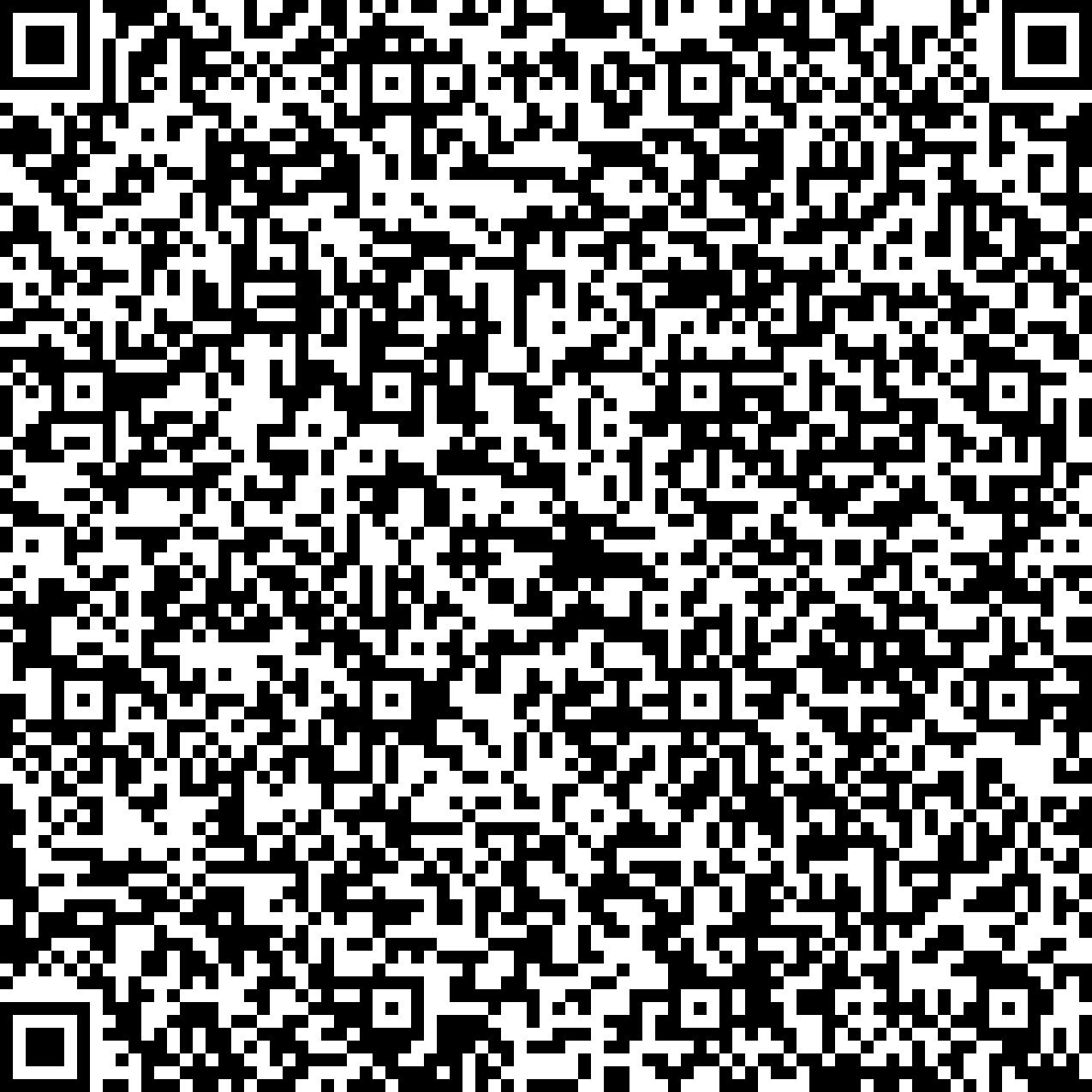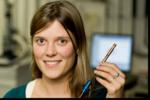


Although the phenomena of superconductivity is known for more than 100 years, finding new superconductors is still a challenge in physics, chemistry and material science. Until now superconductivity was never successfully proposed in any completely new material, though theory has given helpful insights into the origins of superconductivity in important systems. In order to understand the phenomena of superconductivity in more detail we need to be able to understand when it appears. To develop a better understanding, it is important to find new superconductors. But how do we find them if we can't predict them? In this talk I'm going to discuss two possible paths and explain their pro and cons as well as their rate of success. I will focus on chemical reasoning and will explain the chemist's view on this issue.
Schoop, Leslie, et al. "Superconductivity in HfCuGe2: A non-magnetic analog of the 1111 iron pnictides." EPL (Europhysics Letters) 101, 67001 (2013).
Schoop, Leslie, et al. "Lone Pair Effect, Structural Distortions, and Potential for Superconductivity in Tl Perovskites." Inorganic Chemistry 52, 5479 (2013).



Although the phenomena of superconductivity is known for more than 100 years, finding new superconductors is still a challenge in physics, chemistry and material science. Until now superconductivity was never successfully proposed in any completely new material, though theory has given helpful insights into the origins of superconductivity in important systems. In order to understand the phenomena of superconductivity in more detail we need to be able to understand when it appears. To develop a better understanding, it is important to find new superconductors. But how do we find them if we can't predict them? In this talk I'm going to discuss two possible paths and explain their pro and cons as well as their rate of success. I will focus on chemical reasoning and will explain the chemist's view on this issue.
Schoop, Leslie, et al. "Superconductivity in HfCuGe2: A non-magnetic analog of the 1111 iron pnictides." EPL (Europhysics Letters) 101, 67001 (2013).
Schoop, Leslie, et al. "Lone Pair Effect, Structural Distortions, and Potential for Superconductivity in Tl Perovskites." Inorganic Chemistry 52, 5479 (2013).